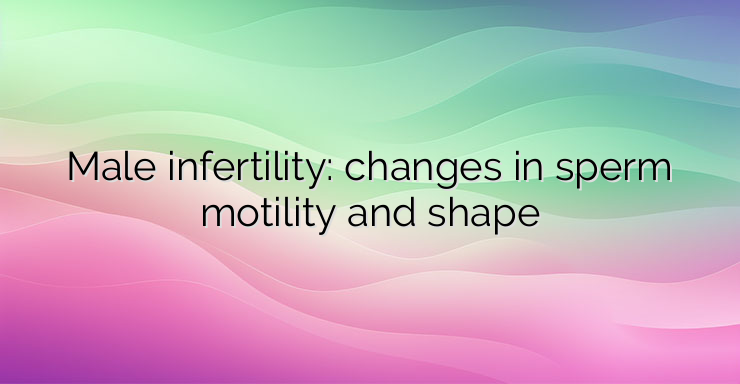Oligoasthenoteratozoospermia is a quantitative and qualitative disorder in the composition of the seminal fluid, which has a direct impact on the chances of fertilization. Various tests are needed to diagnose this disorder in the quality and quantity of seminal fluid. It is of the utmost importance to assess the quality: this is done through a spermogram, which allows to determine both the motility and the quantity of spermatozoa. When their concentration is less than 15 million per milliliter, then oligospermia is observed. The assessment of sperm motility is also very important – the prefix “astheno” means asthenia – fatigue. One hour after taking the sample, sperm motility is examined. If their movements are preserved to some extent or even absent, the type of their motility can be determined: A, B, C or D. Type A has the shape of a lightning bolt, type B means that the spermatozoa have preserved motility in a straight line, type C – means motility in one place and type D describes the immotile spermatozoa. It is necessary that the sum of type A and B is greater than 32% for mobility to be defined as effective. If this amount is less, then asthenospermia is observed. Another important aspect of the spermogram is the study of sperm morphology – determination of their shape. They consist of an acrosome, a head, a neck, and a tail. A sample of 100 sperm is required for this purpose. Then, depending on their shape, the spermatozoa are classified using different methods: the Kruger method or the David method. Typically, three-quarters of the spermatozoa have an altered shape and few of them have normal morphology. If the healthy sperm count is lower, then the condition is termed as teratozoospermia. In addition, an evaluation of DNA fragmentation in spermatozoa can be done. This is an important indicator that needs to be investigated, as it indicates the presence of damage and mutations in the genetic program of the male germ cells. It is these damages that reduce the possibility of fertilization, even with preserved quantitative and qualitative characteristics of the seminal fluid. References: https://www.parents.fr/envie-de-bebe/infertilite/troubles-de-la-fertilite/oligo-astheno-teratozoospermie-oat-definition-et-impact-sur-la-procreation-945464


Leave a Reply